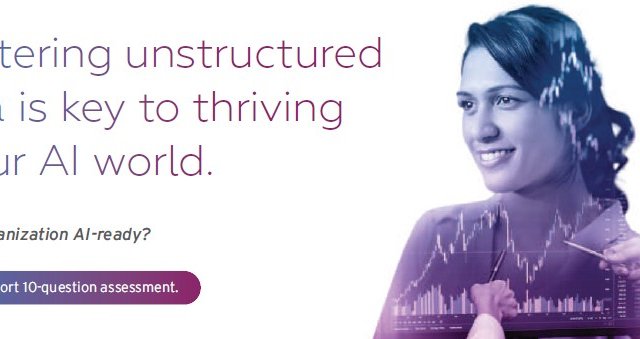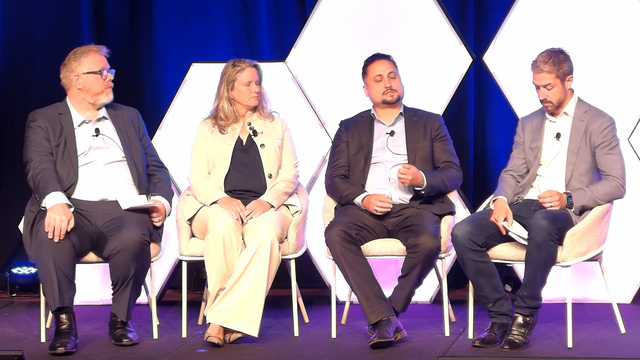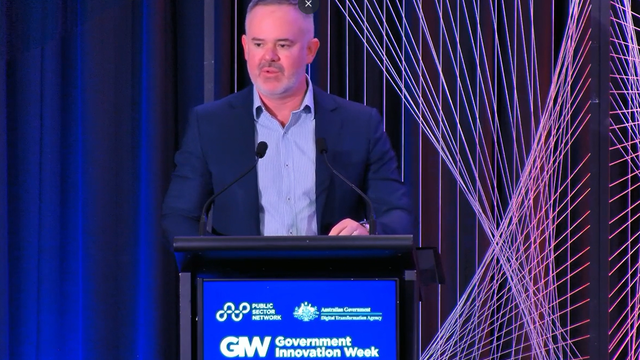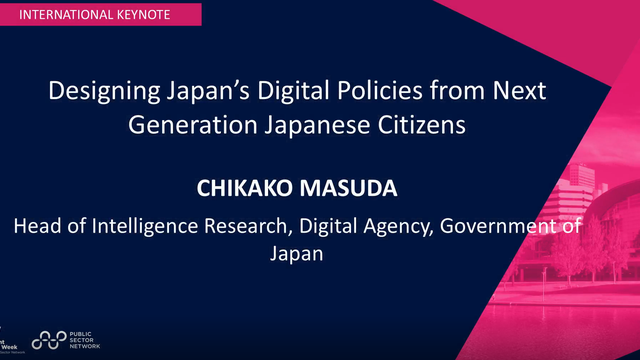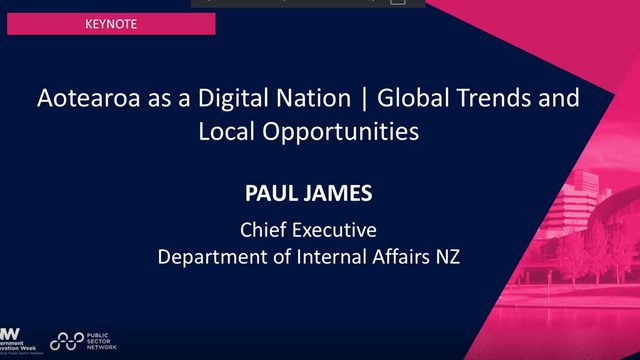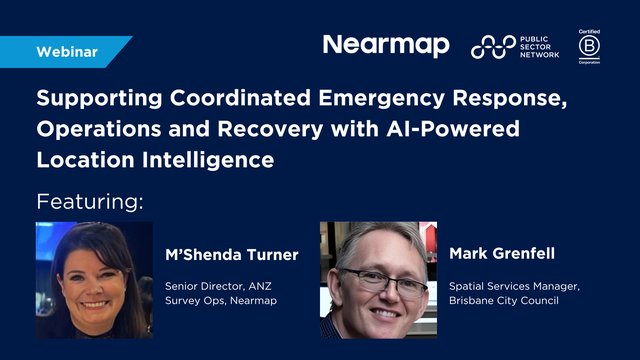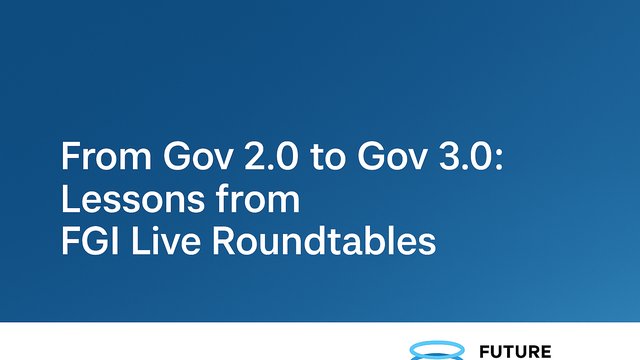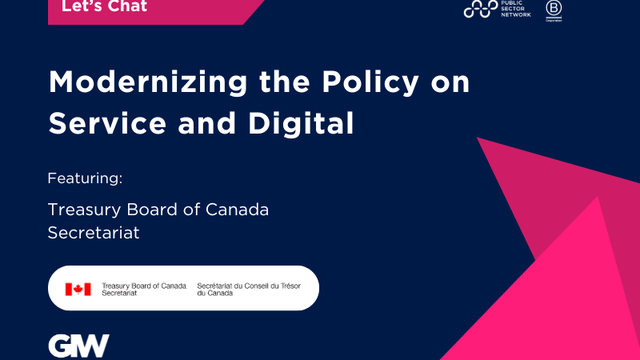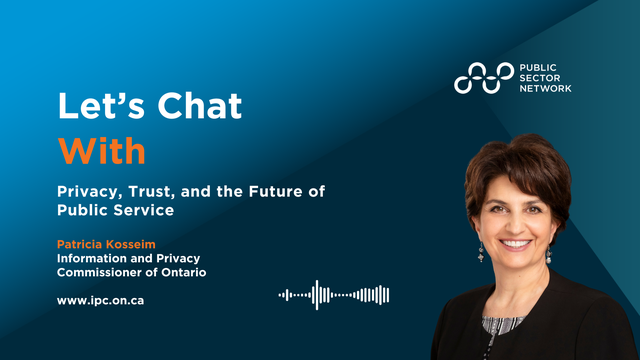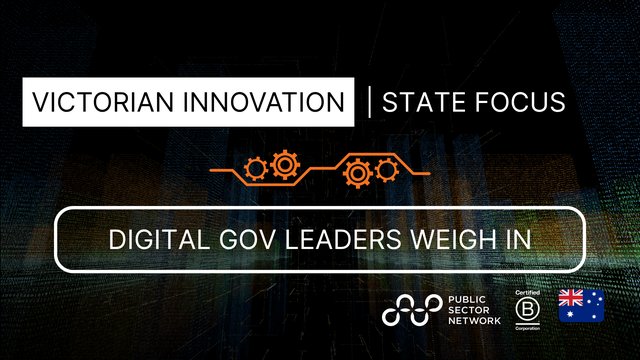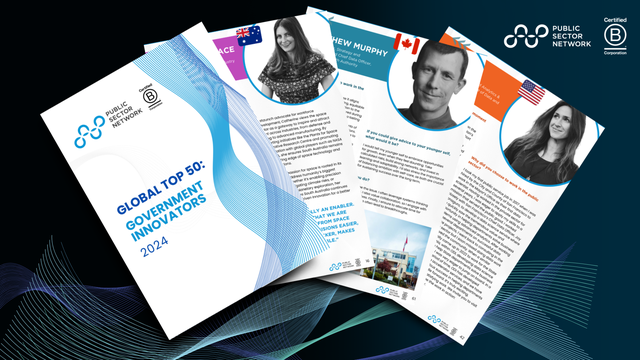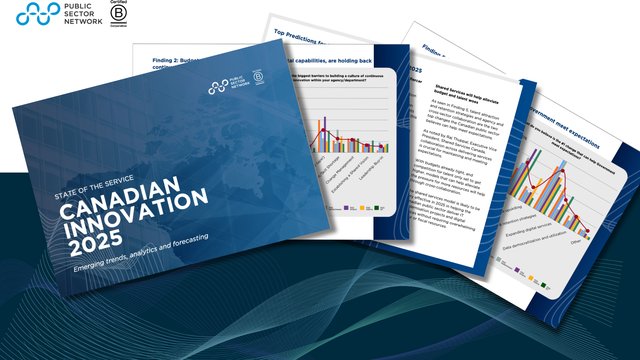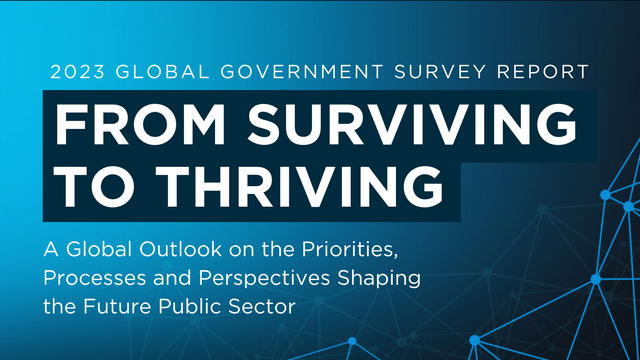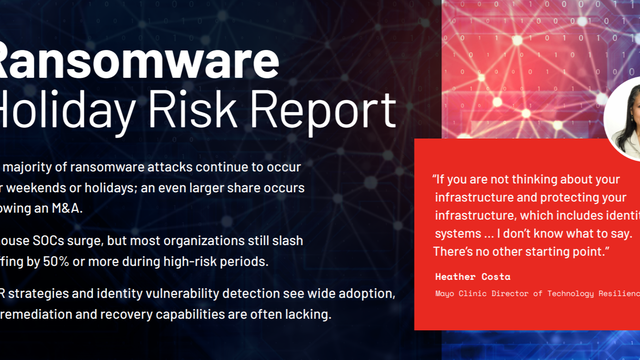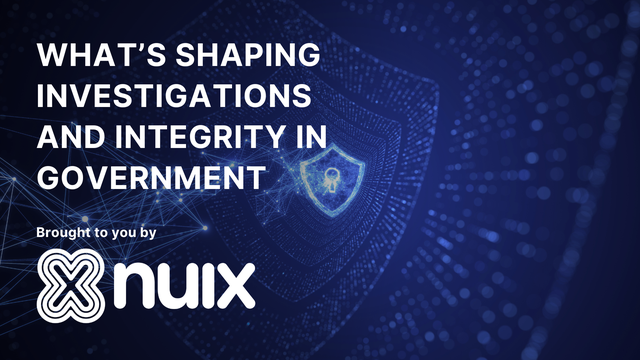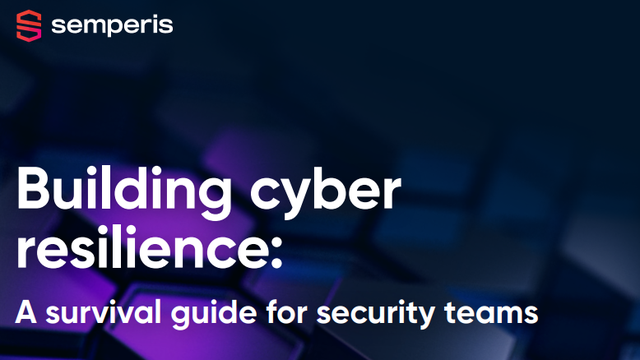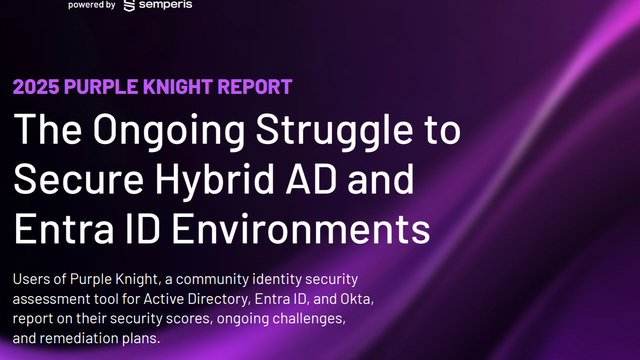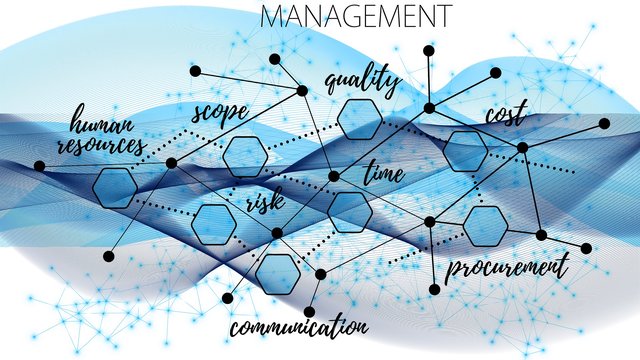
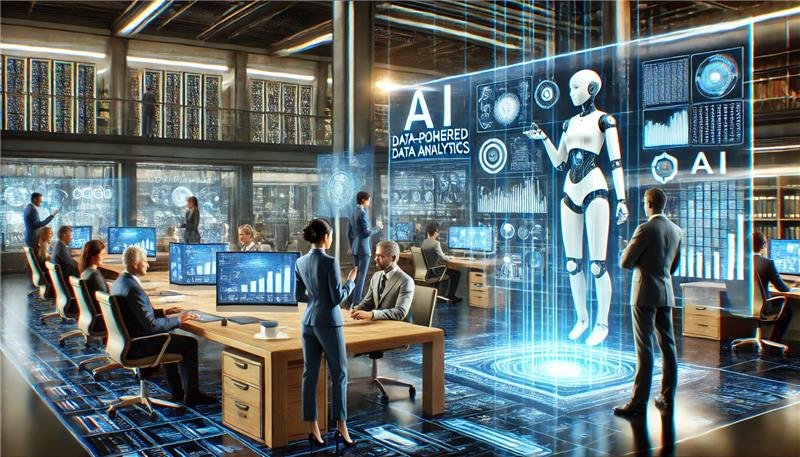
By 2030, AI is expected to contribute over $20 trillion to the global economy, transforming industries and redefining service delivery. For government agencies, AI presents a game-changing opportunity to enhance efficiency, optimize resource allocation, and deliver innovative citizen services. However, to fully realize these benefits, agencies must first unlock the potential of their vast data reserves.
The Opportunity: AI and Government Data
Governments generate and store massive amounts of data—ranging from health records and transportation patterns to social services and procurement details. Yet, much of this data remains underutilized, trapped in siloed systems and legacy infrastructure. AI can change this by analyzing complex datasets at scale, uncovering patterns, and enabling data-driven decision-making.
AI technologies such as machine learning, robotic process automation (RPA), natural language processing, and computer vision can help agencies automate repetitive tasks, improve service delivery, and enhance citizen engagement. For example, AI-driven chatbots can handle routine inquiries, freeing up human agents for more complex cases. Predictive analytics can help social services identify at-risk individuals and intervene early.
Enhancing Efficiency While Ensuring Accountability
AI’s ability to streamline government processes is already evident in procurement, where AI models have identified inefficiencies and optimized spending, leading to cost savings. Similarly, AI-powered analytics can improve workforce management, ensuring the right resources are allocated where they are needed most.
However, AI adoption in government must be approached with caution. Unlike private-sector applications, government decisions impact citizens directly, making transparency, accountability, and fairness paramount. AI models must be built on unbiased, high-quality data, and decisions must be explainable and subject to human oversight.
Mitigating Risks: Ethical AI and Data Governance
AI is not infallible. It can make mistakes, generate biased outputs, or produce “hallucinations”—false information presented as fact. To mitigate these risks, agencies must implement robust AI governance frameworks. Recent advances in retrieval-augmented generation (RAG) offer a promising solution, ensuring AI-generated responses are cross-checked against trusted databases before being delivered.
Partnering with trusted technology providers can also help agencies validate data sources, minimize bias, and ensure compliance with ethical AI principles. Transparency in AI decision-making processes will be key to maintaining public trust.
Bringing People Along: AI and Workforce Transformation
One of the biggest challenges in AI adoption is change management. Public sector employees may fear that AI will replace jobs, leading to resistance. However, AI should be positioned as a tool that enhances human work, rather than replacing it. By automating repetitive and mundane tasks, AI allows public servants to focus on strategic, high-value work that requires human judgment, creativity, and empathy.
Clear communication and ongoing training will be essential in fostering a culture of AI adoption. Employees need to understand how AI can support them in delivering better services to citizens while maintaining control over decision-making processes.
The Future of AI in Government
The future of government lies in leveraging AI to transform service delivery, optimize operations, and make data-driven policy decisions. By harnessing AI responsibly—combining data with strong governance, ethical frameworks, and human oversight—agencies can unlock new efficiencies, enhance citizen experiences, and build a more responsive, cost-effective public sector.
Now is the time for government leaders to embrace AI as a strategic enabler, ensuring their agencies are not just keeping up with change but leading the way in public sector innovation.has context menu
Want to get involved and contribute to the conversation? SIGN UP FOR FREE AND JOIN OUR GLOBAL DATA, ANALYTICS & AI COMMUNITY


